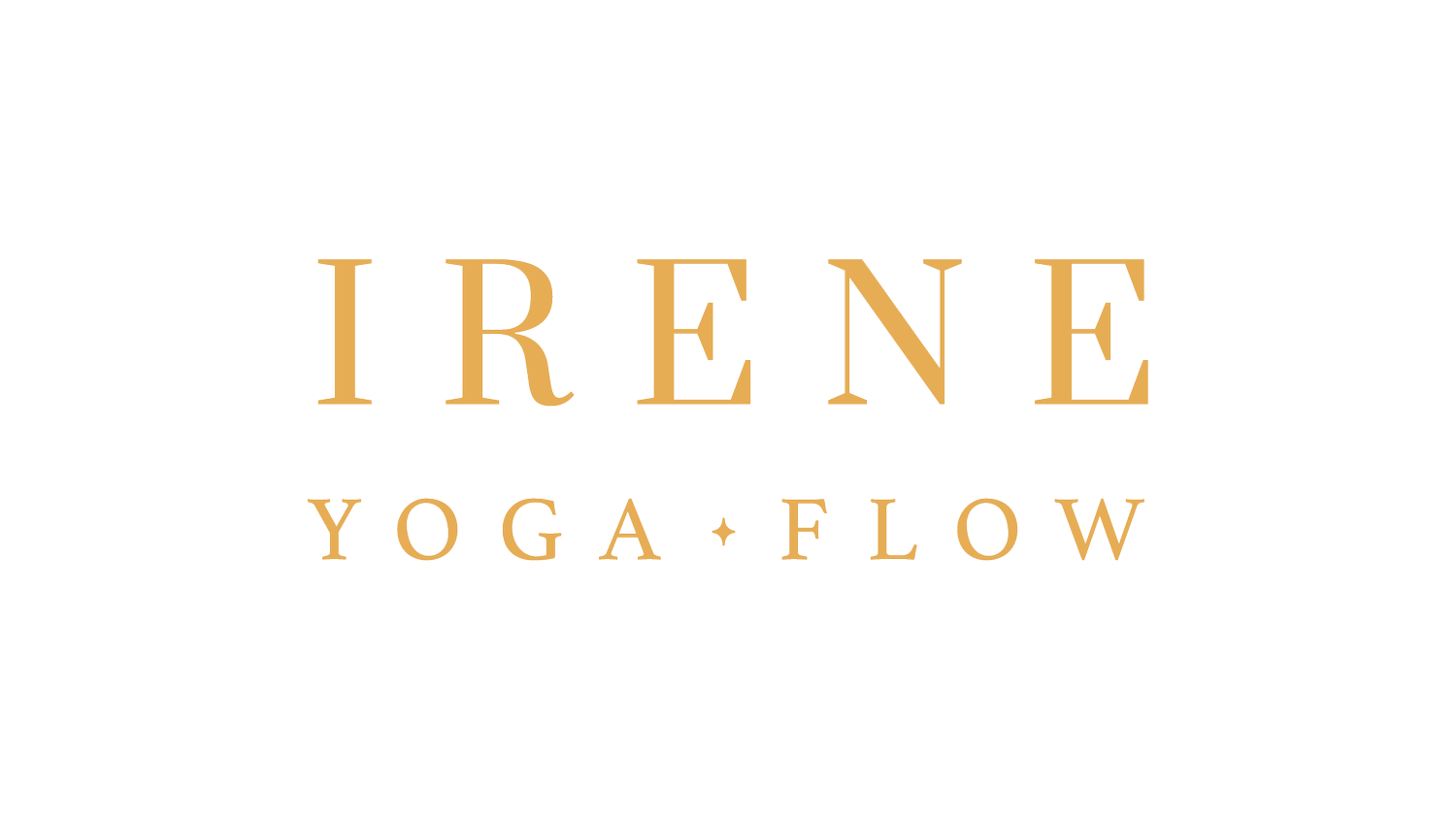Yin Yoga Poses for the Kidney and Urinary Bladder Meridians: How Yoga Can Help with Fear and Wisdom
In honour of this year’s Lunar New Year, I am creating a special series to deep dive into yin yoga. In this content series, you will learn about the history and definition of yin yoga, the benefits of working with our meridians, and practice the types of yoga asanas that we can do to stimulate them.
If you like practicing yin yoga with me, you can join my online yoga club to practice with me live each week. I’m currently celebrating my first milestone by adding a NEW benefit for my members - a monthly tarot meditation.
Yin Yoga is a style of yoga asana that I learned from Bernie Clark who learned it from Sarah Powers and Paul Grilley. Yin yoga is different to the styles of yoga that we call hatha and restorative yoga and it should not be confused for them. Yin yoga is a relative descriptor, due to the nature of how yin and yang work. Read my blog post on yin and yang energy here.
Yin yoga is also a functional approach to yoga where the alignment cues you may have heard from vinyasa teachers do not apply here. A functional approach is not about how you look. How you look in a class doesn’t necessarily tell you if you are doing what you intend to do in a class. For example, a person who is hypermobile may look like they are doing more than the person who isn’t hypermobile, but that doesn’t mean they are working harder. If it is easier for a person to get into certain poses, they may not necessarily be a better or committed yoga practitioner.
The Principles of Yin Yoga
Yin Yoga is based on your intention for the class, which is different to how you look in a class. What you look like has nothing to do with what your stretch feels. Instead, yin yoga is guided by 3 principles:
1. Come to the edge of the pose
2. Become still
3. Stay for time
Yin yoga can be defined as a style of yoga that is characterized by passive stretching for longer periods of time in order to best target the connective, deep tissue of the body (ligaments, tendons, fascia) that respond well to these stretches. Our connective tissues are like very stiff string - they need to be stretched too!
One more note. Yin yoga is more of a marketing term than anything else. Hatha yogis like B.K.S. Iyengar recommended holding poses for long periods of time, so what is the difference, really, between hatha and yin, if we are strictly talking about how we talk about hatha yoga in the west? Which honestly is confusing and requires its own blog post.
In other words: Don’t get too hung up on the style of yoga.
It’s all modern postural yoga.
There are some neat scientific things we can learn about our body as well as explore Chinese energetics. But remember that, at the end of the day, your yoga practice is complete on its own. That learning and deepening your relationship about the nadis, and the chakras are healing in and of itself too.
Physical Benefits of Yin Yoga
Improve our range of motion and flexibility.
Passively lengthen our muscles that can be useful for larger, more stubborn muscles groups such as our hamstrings and adductors.
Stimulate fibroblast growth, the cells responsible for creating collagen, elastin, and the water-loving molecules that hydrate our tissues and joints.
Improve lubrication through greater hydration of tissues that allows joints to move and fascia to slide more quickly.
Keep our skin younger looking through hydration.
Reduce acute inflammation and balance immune system responses.
Help reduce degeneration of cartilage and bone tissue through stimulating chondrocytes and osteoblasts.
Prevent or reduce ligament and joint c capsule shrinkage that can reduce joint mobility.
Energetic Benefits of Yin Yoga
Awaken, enhance, stimulate, and balance prana.
Slow the mental fluctuations of the mind.
Nourish the Organs through acupressure through stimulation of the meridian lines.
Help our Organs function properly by replenishing the store of jing in our Kidneys.
Turn off the sympathetic nervous system (fight and flight/yang energy) and turn on the parasympathetic nervous system (rest and digest/ yin energy) for balance in our overstimulated society.
Crate internal pulsed magnetic fields that restore cellular health.
Improve heart rate variability through mindful breathing.
All in all, it comes down to the benefit of vitality.
The Kidney/Urinary Bladder Meridians
The function of the Kidneys is to store jing (essence) that is considered the material basis of our body that nourishes and fuels our cells. It is yin in nature and cools the body, controlling the long-term cycles of life. When we have jing, we grow wiser in old age, without it, we are less graceful in aging. The function of the urinary bladder is to store and excrete urine. The urinary bladder is yang in nature.
Daoists believe that we embody our emotions and our Organs are the home of emotions. Our Kidneys can be the source of fear or wisdom. In The Web That Has No Weaver, Ted Kaptchuk says "Wisdom is a knowing that has to do with learning to have a relationship with what is unknown and unknowable.” Much of what we fear is the unknown, and for me, I changed my relationship to fear when I surrendered to the unknown.
A yin yoga practice can specifically address an emotional issue by targeting the appropriate Organ pair. If you want to work with fear or wisdom, work with the Kidney and Urinary Bladder meridian.
Kidneys/Urinary Bladder is home to fear and wisdom, the element of water, and the season of winter.
Sequence
Forward and backbends may stimulate the Kidney and Urinary Bladder meridians, which is the theme of this sequence.
Sphinx
Seal
Saddle variation
Caterpillar
Resources
Bernie Clark, The Complete Guide to Yin Yoga

